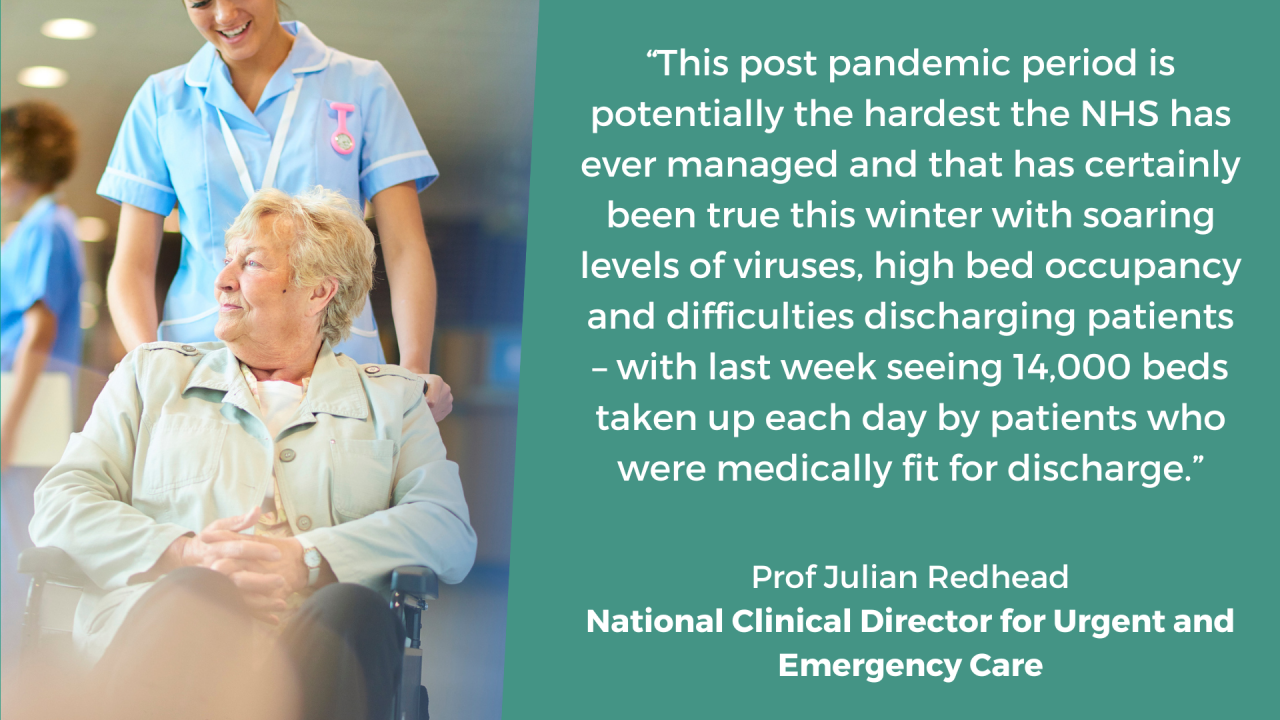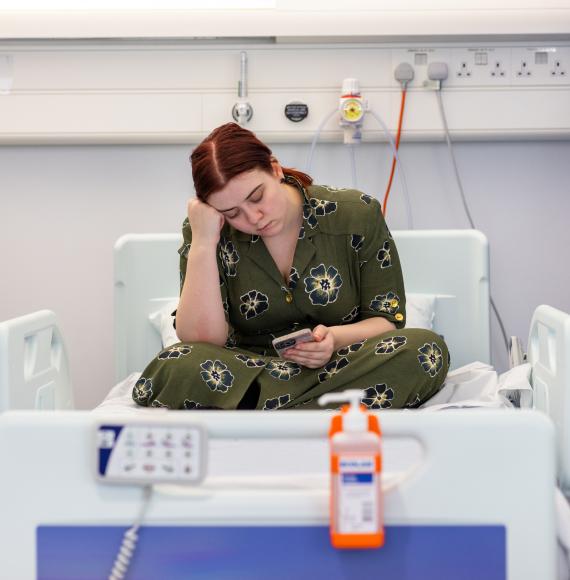In a remarkable achievement, NHS staff delivered a record 18 million treatments in 2024, marking a significant milestone in the healthcare system's ongoing efforts to reduce waiting lists and improve patient care.
This impressive figure represents a 4% increase from 2023, when 17.35 million treatments were administered, and a 5% rise from 2019's 17.1 million treatments.
The overall backlog of patients waiting for treatment has decreased for the fourth consecutive month, dropping from 7.48 million to 7.46 million. The estimated number of patients waiting has also seen a decline, from 6.28 million to 6.24 million. In December alone, the NHS carried out 1.33 million treatments, a 6.5% increase compared to the 1.25 million treatments in December 2023.
The proportion of patients waiting less than 18 weeks for treatment has improved, rising to 58.9% in December 2024 from 56.6% in December 2023. As part of the ambitious elective care reform plan, the NHS aims to treat 92% of patients within 18 weeks by March 2029, with an interim target of 65% by March 2026. Additionally, the number of patients waiting more than a year for treatment has fallen to 200,375, making up just 2.7% of the overall waiting list – the lowest proportion since August 2020.
Thanks to the continued expansion of community diagnostic centres, the NHS delivered more than 28.3 million tests and checks in 2024, setting a new record. This represents a 20% increase from 23.6 million in 2019 and a 7% rise from 26.5 million in 2023. In December alone, NHS staff conducted 2.24 million checks, up 21% from 1.85 million in 2019.
The NHS met the faster diagnosis standard for cancer again in December, with 78.1% of patients receiving a definitive diagnosis or the all-clear. This achievement means 20,000 more people were diagnosed or given the all-clear within the standard timeframe compared to December 2023. In 2024, there were 3,126,797 urgent referrals for suspected cancer, a 4% increase from 2023 and more than double the number from a decade ago.

NHS England’s National Clinical Director for Urgent and Emergency Care, Professor Julian Redhead, commented:
“These latest figures show how innovations and the hard work of staff is now delivering consistent progress in bringing down the backlog, with the waiting list falling for the fourth month in a row and a record 18 million treatments delivered last year – on top of huge increases in the number of tests and checks, including for cancer, giving people clarity with that all-important diagnosis or all clear.
“This post pandemic period is potentially the hardest the NHS has ever managed and that has certainly been true this winter with soaring levels of viruses, high bed occupancy and difficulties discharging patients – with last week seeing 14,000 beds taken up each day by patients who were medically fit for discharge.
“Despite that storm of pressure in January, A&E and ambulance waiting times were improved on both the month and year before, and this year we will continue work to improve patient flow across hospitals throughout the year, to ensure that we’re in a better position for next winter.
“The public can play their part by continuing to only use 999 in a life-threatening emergency and 111 for other conditions, while ahead of the 10-Year Health Plan, we will continue delivering the shifts from hospital to community care and from analogue to digital, to continue to improve patient experience and bring down waiting times”.
Despite significant pressures from winter illnesses such as flu and norovirus, the NHS saw improvements in emergency care. In January, 73% of patients were seen within four hours in A&E, an improvement from 71.1% the previous month and 70.4% in January 2024. Ambulance response times also improved across all categories compared to both the previous month and January 2024.
The NHS continues to face challenges, including high bed occupancy and difficulties in discharging patients. In the week ending 9 February, there was an average of 948 patients per day in hospital with norovirus, a significant increase from 565 in the same week in 2024. Staff absences also rose, with an average of 50,954 absences each day last week, up 5% from the previous year. Adult bed occupancy remained high at an average of 96%, with an average of 14,087 beds occupied by patients medically fit for discharge each day.
The NHS's achievements in 2024 highlight the dedication and hard work of its staff in delivering high-quality care and reducing waiting times, despite ongoing challenges and pressures.
Image credit: iStock



















